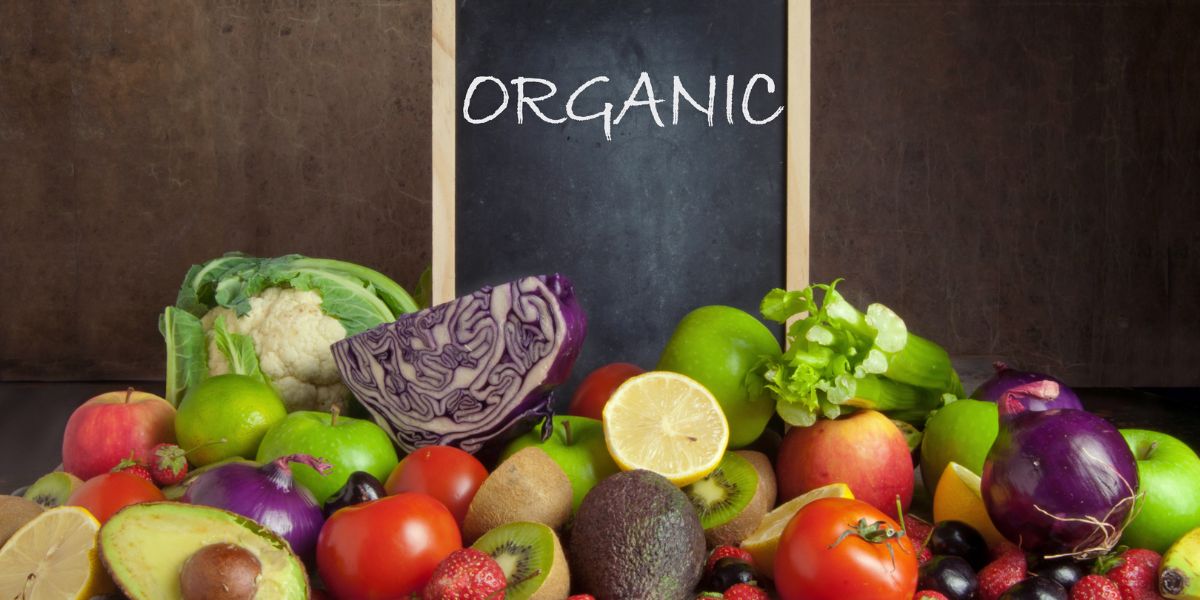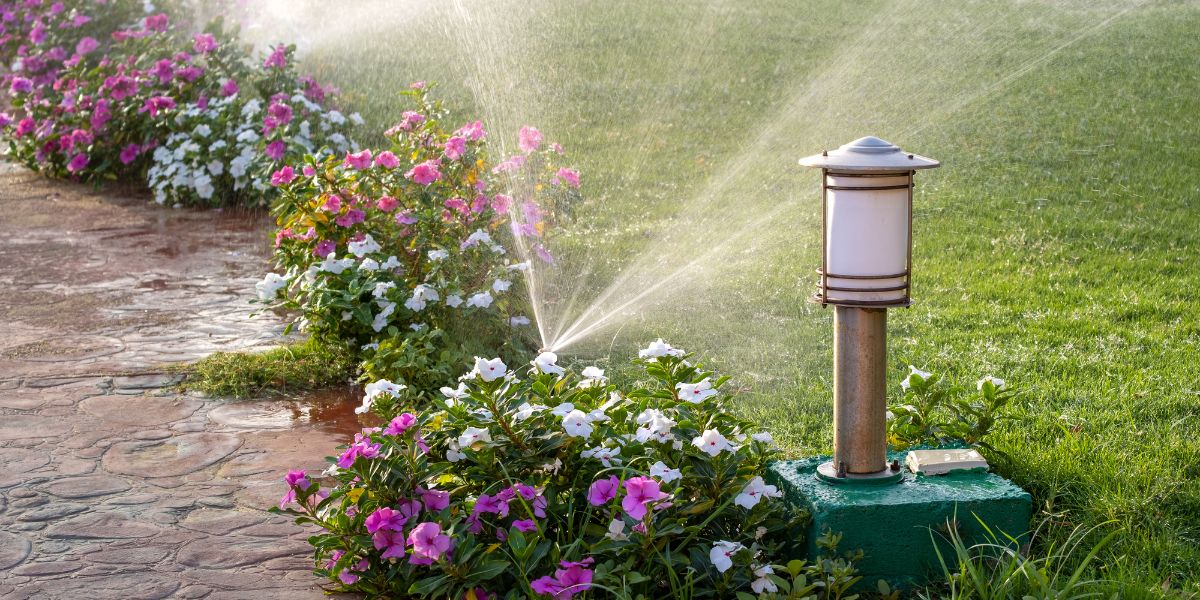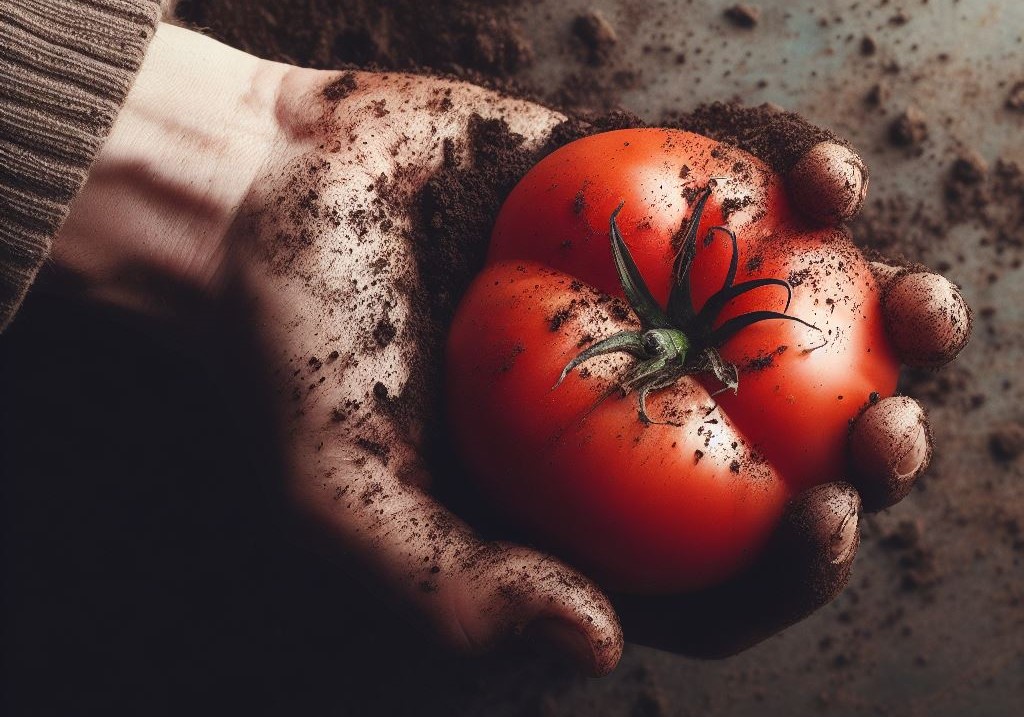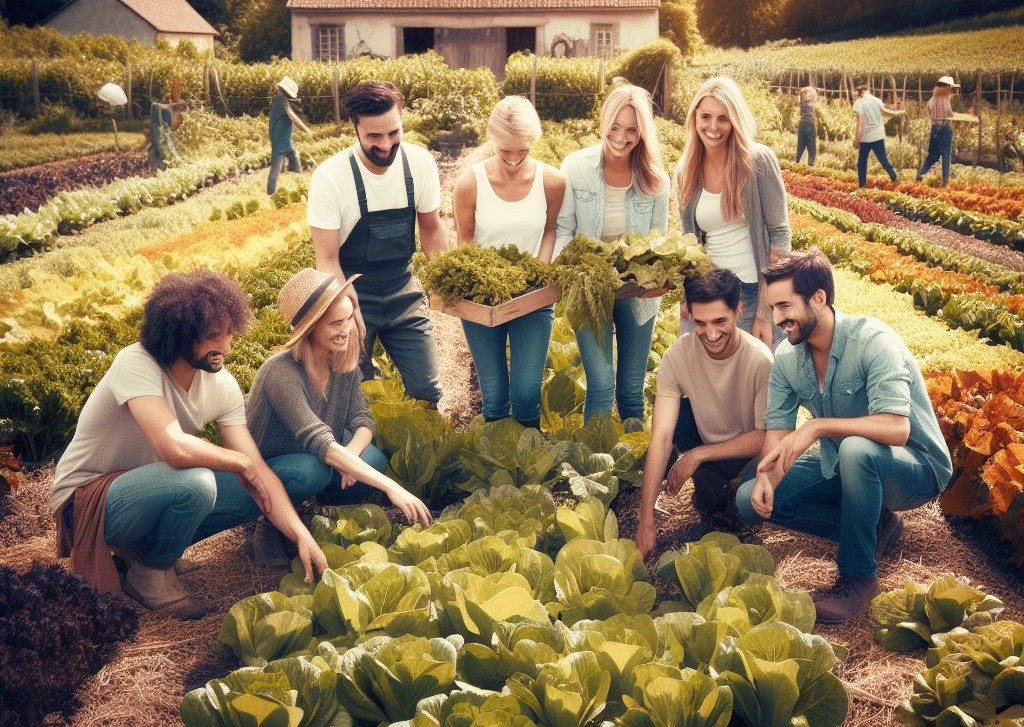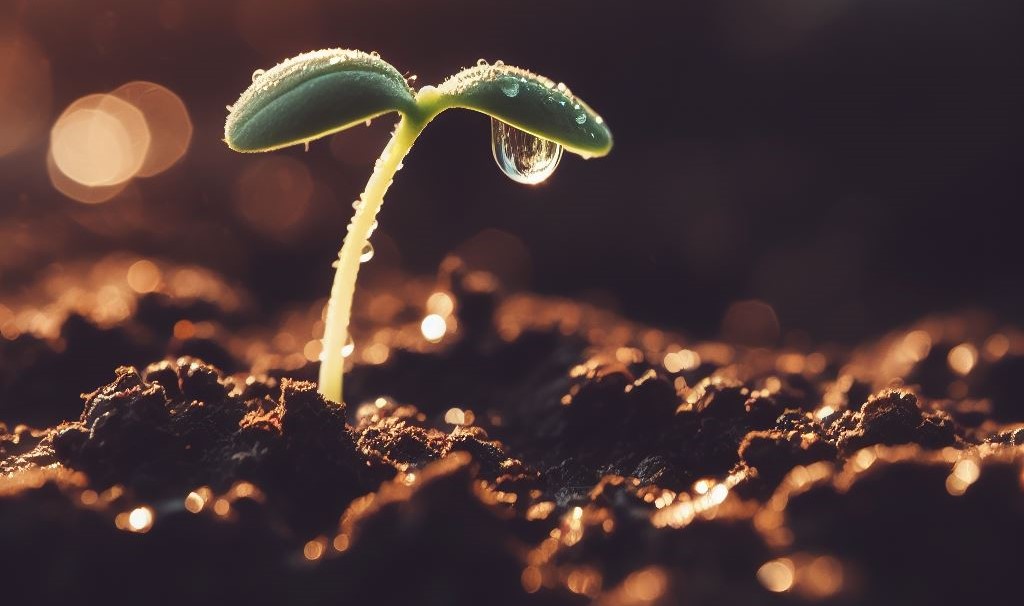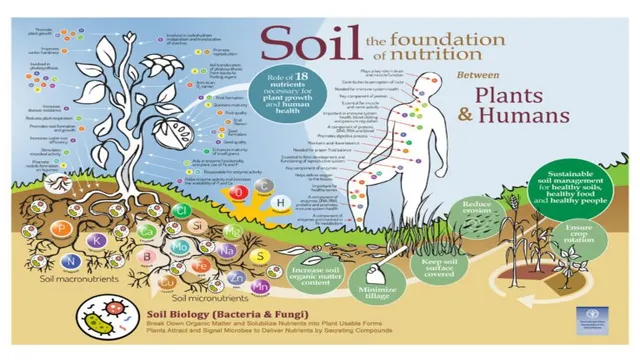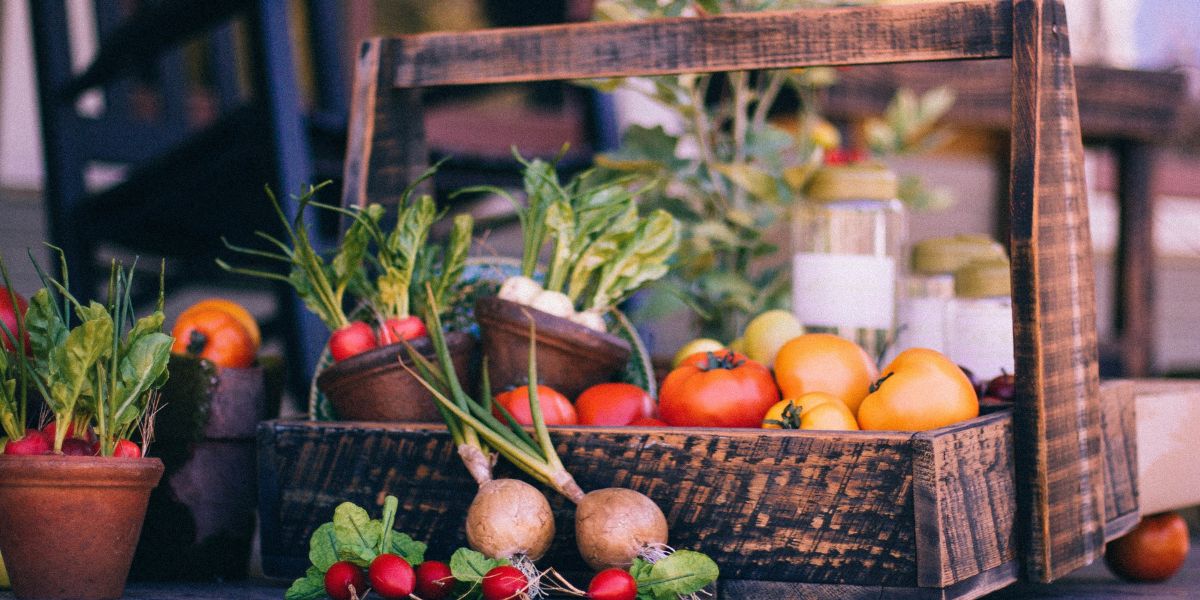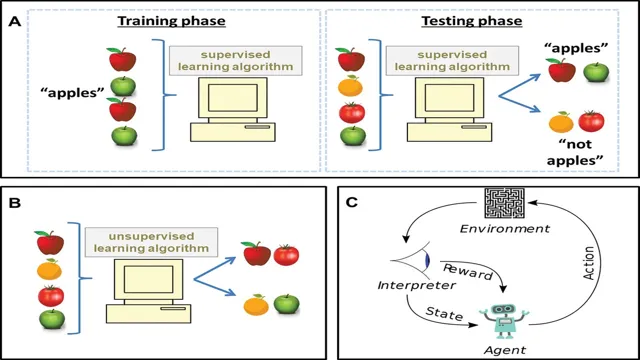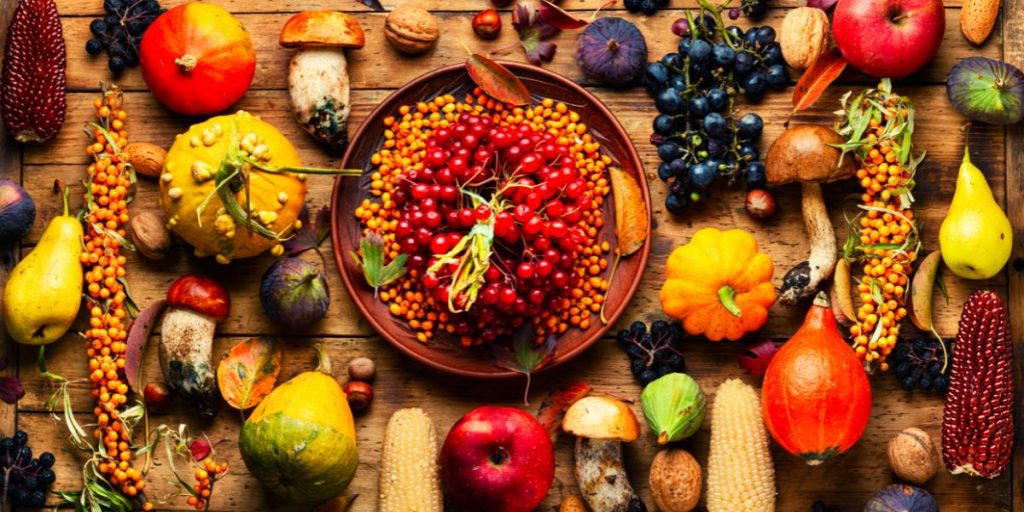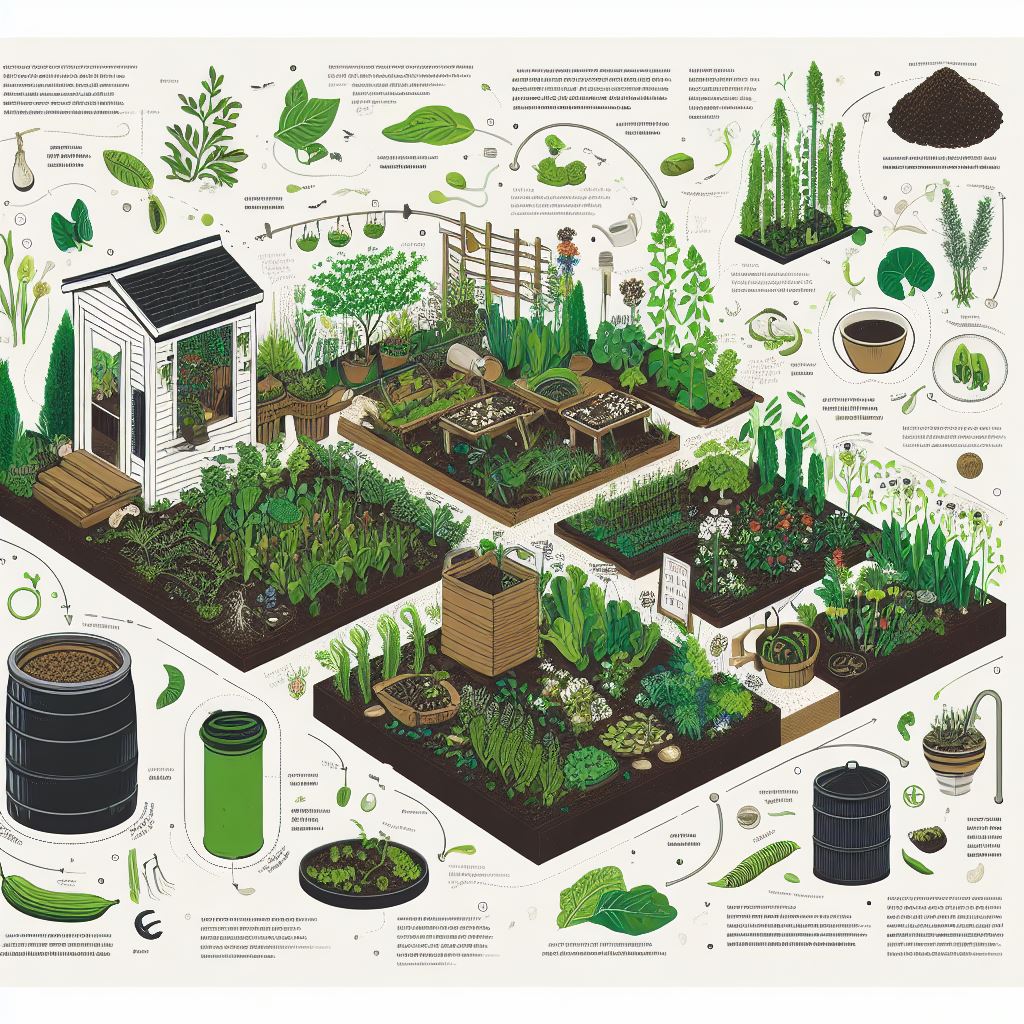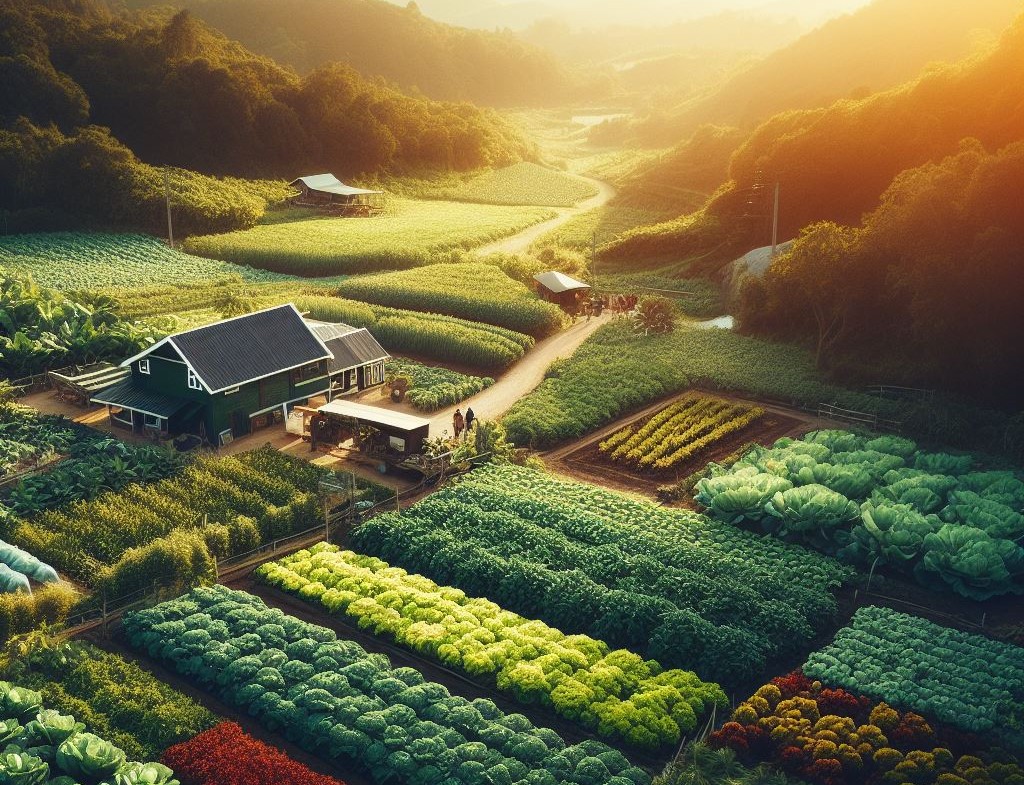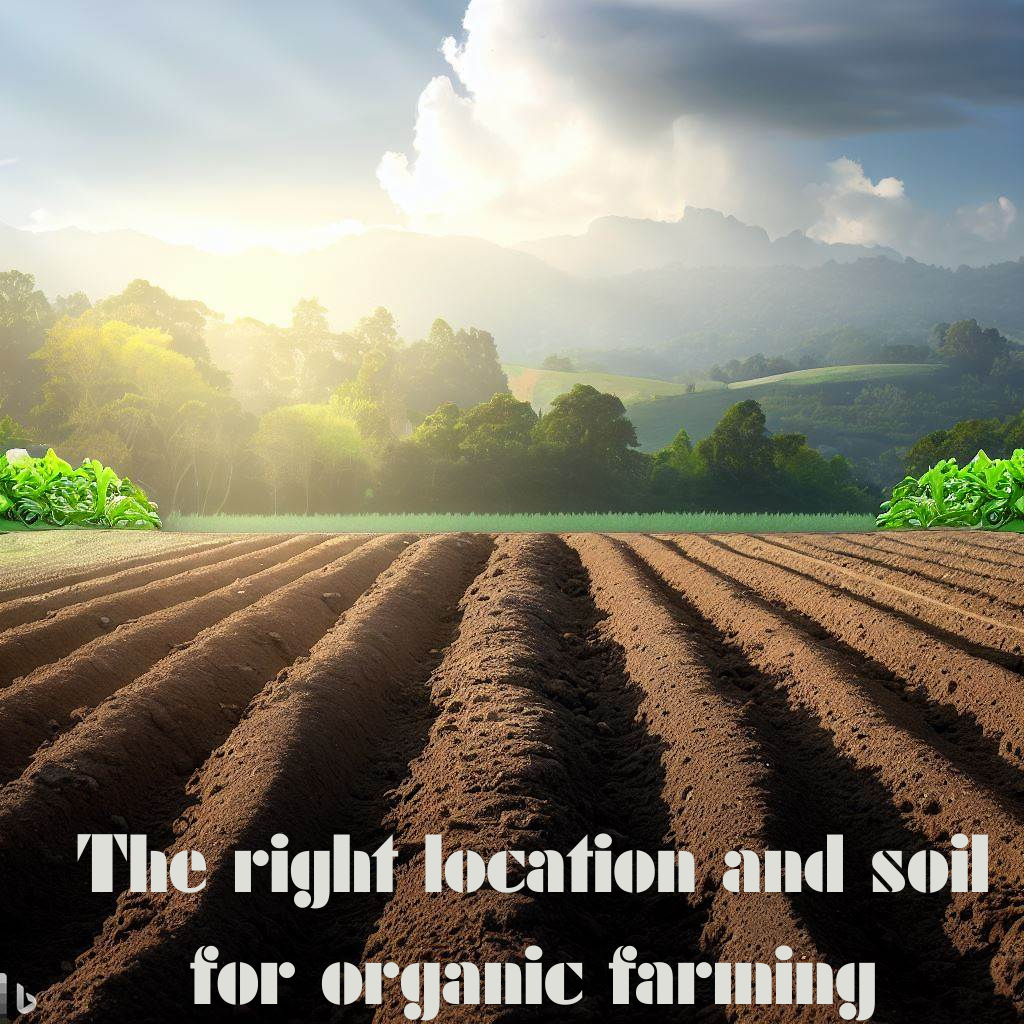In a world increasingly driven by technological innovation, understanding the intricacies of devices we interact with daily becomes paramount. One such device, often overlooked but essential in our lives, is the rain sensor. This remarkable piece of technology has played a pivotal role in various sectors, including automotive, agriculture, meteorology, and home automation.
But what exactly is a rain sensor, and how does it function? In this comprehensive guide, we dive into the inner workings of rain sensor devices, demystifying their operation and application in different fields. Empower your knowledge about these fascinating devices as we explore their design, usefulness, and the science that powers them. With this understanding, you’ll be better equipped to leverage rain sensor technology’s full potential in your everyday life.
The Basics of Rain Sensors
Decoding the Basics As you traverse through the fascinating world of meteorological devices, you’ll undoubtedly stumble upon a nifty little gadget known as a rain sensor device. This unassuming tool is a marvel of technology, functioning as the silent sentinel that gauges precipitation levels. But let’s not drench ourselves in the sea of technical jargon just yet.
At its core, a rain sensor is a switch that responds to environmental humidity levels or direct rainfall. It comprises hygroscopic discs that expand when wet, triggering the switch to activate. A rain sensor device is often linked to automatic systems such as irrigation controllers, retractable awnings, or indoor home systems, with the primary objective of conserving water and protecting property.
Its functionality is simple yet profound. When rain is detected, the sensor sends a signal to the system it’s connected to, prompting it to either shut down or activate, depending on the system’s function. For instance, if it’s connected to an irrigation system, the system will stop watering the lawn as nature is already playing that role, thus saving water.
Conversely, if connected to a home system, it could signal the closing of windows or retracting of awnings to prevent water damage. In a nutshell, rain sensor devices are the unsung heroes of weather technology, silently and efficiently ensuring that our properties are safeguarded and our resources optimized. So next time you see a rain sensor device, remember that it’s much more than just a rain gauge – it’s a miniature weather station doing a mighty job.
What is a Rain Sensor?
A rain sensor device is an innovative piece of technology that detects rainfall. Its primary function is to conserve water and prevent unnecessary irrigation, proving invaluable for garden enthusiasts and environmentalists alike. This smart gadget is designed to interrupt an irrigation system when it starts raining, therefore saving water and ensuring optimal plant growth.
A rain sensor device is much more than just a water conservation tool. It’s a clever, witty solution aimed at maintaining the delicate balance of nature, while also saving on utility bills. So, let’s give a round of applause to rain sensor devices for helping us become more eco-conscious.

How do Rain Sensors Work?
Rain sensor devices, those little marvels of technology, are surprisingly simple yet incredibly effective. They work by detecting the presence of rain, thereby activating preset systems like closing windows or retracting awnings. Some operate using a hygroscopic disc that expands when wet, triggering the sensor, while others use infrared light.
When rain hits the sensor, it disrupts the infrared light, which is then interpreted by the device as rainfall. These devices are not just technologically impressive; they are also valuable tools for saving energy and preventing rain-related mishaps. So, next time it starts raining unexpectedly, you can thank rain sensor devices for keeping you one step ahead.
Types of Rain Sensor Devices
Comprehensive Classification Rain sensor devices, those ingenious devices that detect rainfall, come in an array of types and designs, each with distinct features tailored for various applications. These devices, which have become increasingly crucial in weather monitoring, irrigation systems, and even automated vehicle systems, vary in both their detection methods and functional utilities. Firstly, we have the tipping bucket rain gauge, a classic rain sensor device that measures the quantity of rain through a seesaw-like mechanism.
As rain falls into the bucket, it tips over once it reaches a certain weight, thereby triggering a signal that denotes rainfall. Next, we have optical rain sensors. These devices operate on the principle of light reflection.
When raindrops hit the sensor’s surface, they cause changes in the light’s reflection, which is then detected by the device. This type of sensor is commonly used in automated systems like car wipers and sprinklers. Then, there are capacitance rain sensors.
These use the principle of capacitance – the ability of a system to store an electric charge. The sensor has two plates with a material in between them. When it rains, the material absorbs the water, altering the capacitance, which is then detected by the sensor.
Lastly, we have the soaking disk rain sensors. These devices use a water-absorbent disk that expands upon absorbing water. This expansion triggers a pressure switch, which in turn sends a signal indicating rainfall.
Each of these rain sensor devices has its strengths and applications, proving that when it comes to monitoring Mother Nature’s wet moods, there’s more than one way to measure a shower.
Capacitive Rain Sensors
Capacitive rain sensor devices are the unsung heroes in our everyday lives, playing a significant role in various sectors, from automotive to agriculture. These ingenious devices use the magic of capacitance to detect rainfall, providing real-time data that can be utilized for various purposes. They are more than just weather forecasters; they are potential game-changers.
Whether it’s automatically closing a car’s sunroof when it starts to rain or helping farmers manage irrigation more efficiently, capacitive rain sensors are using their sensitivity to make our lives easier and more convenient. Truly, these devices are the epitome of technology and innovation dancing in the rain.
Optical Rain Sensors
In the ever-evolving world of technology, optical rain sensor devices have emerged as a game-changer. These ingenious devices, equipped with advanced optics, are designed to detect rain, offering real-time weather updates and helping in automated processes like closing windows or retracting awnings. They are not just a marvel of modern engineering but also a perfect blend of innovation and practicality.
A little rain might seem romantic, but when it comes to protecting your property from unexpected showers, these rain sensors are your smart, reliable, and, indeed, witty companions. So, here’s to embracing technology that’s as clever as it’s efficient!
Conductive Rain Sensors
In the intriguing world of meteorological technology, rain sensor devices stand out as a marvel of modern engineering. These devices, specifically conductive rain sensors, operate based on the principle that water, being a good conductor of electricity, can alter electrical circuits. In the presence of rain, an electric signal is triggered, which in turn activates specific actions such as closing windows or retracting awnings.
This clever use of conductive properties not only enhances the functionality of various systems but also brings a touch of sophistication and convenience to our daily lives. Ingenious, isn’t it?

Applications of Rain Sensor Devices
Rain sensor devices, as their name suggests, are innovative technological devices designed to detect and respond to rain. These versatile tools have found applications across a wide array of sectors, providing both convenience and safety. One of the most common uses of rain sensor devices is in the automotive industry.
Many modern vehicles are equipped with rain sensors that automatically activate the windshield wipers in response to precipitation. This feature not only adds to the convenience of drivers but also enhances safety by ensuring clear visibility even in sudden downpours. Moreover, rain sensor devices are also increasingly being used in smart irrigation systems to conserve water.
These devices can detect rain and subsequently halt or adjust the irrigation schedule, thereby preventing unnecessary water usage. This application holds particular significance in regions grappling with water scarcity, as it allows for more efficient water management. In the realm of building automation, rain sensor devices help in automating processes such as closing windows or retracting awnings when it starts to rain.
This can prevent damage to interiors and furnishings, saving homeowners from potential repair costs. Thus, rain sensor devices, with their ability to react to changing weather conditions, are revolutionizing various sectors. They are not just epitomizing the convenience offered by technology but also playing a crucial role in fostering sustainability and safety.
In-Home Automation
In the realm of home automation, rain sensor devices are making a splash. These ingenious gadgets, designed to detect rainfall, are revolutionizing how homeowners manage their properties. Whether it’s preventing your automated sprinkler system from wasting water on a rainy day or closing your smart windows to avoid water damage, these sensors provide a streamlined solution.
They embody the essence of home automation – minimizing manual intervention while maximizing efficiency. So, let’s dive in and uncover the secret behind these rain-detecting marvels that are not just weather-tight but also incredibly smart.
In Agriculture
A Game-changer in Agriculture” The advent of rain sensor devices has brought a revolutionary overhaul in the agricultural sector. These smart devices are the unsung heroes that play a pivotal role in water conservation and efficient farming. They are the epitome of the perfect blend of science and nature, diligently keeping tabs on rainfall patterns, ensuring optimum water use, and essentially becoming the farmers’ weather eye.
With their smart technology, they are redefining farming practices, turning the tide of agriculture towards a more sustainable and resource-efficient future.
Buying Guide for Rain Sensors
Navigating the vast array of rain sensor devices on the market can be a daunting task. With numerous brands, specifications, and features to sift through, it’s easy to feel overwhelmed. But fear not; this buying guide is here to help you make an informed decision.
Rain sensor devices are nifty gadgets designed to detect rainfall. These devices are often integrated into automated irrigation systems to prevent unnecessary watering and promote water conservation. When purchasing a rain sensor device, it’s essential to consider factors such as accuracy, installation ease, durability, and, of course, price.
Accuracy is paramount when it comes to rain sensor devices. You want a device that can accurately detect rainfall to ensure your irrigation system works optimally. Consider the installation process as well.
Some devices may require professional installation, which could increase the overall cost. However, there are also easy-to-install options available for those who prefer a DIY approach. Durability is another significant factor.
Given that these devices are exposed to the elements, you want a rain sensor that can withstand a wide range of weather conditions. Look for devices that are made from robust materials and have a good reputation for longevity. Lastly, price matters.
While you shouldn’t skimp on quality, it’s essential to find a rain sensor device that fits within your budget. Consider the device’s features and specifications and whether they justify its price tag. In conclusion, buying a rain sensor device requires some research and consideration.
Conclusion
Rain sensor devices are Mother Nature’s clever little spies. They constantly keep an eye on the weather, ready to react at the first sign of rain, ensuring your home, car, or irrigation system remains safe and efficient. They are like the secret service agents of weather, always on duty, always prepared.
They might not wear a suit and sunglasses, but their discreet presence and crucial role cannot be underestimated. So next time when it pours and your windshield wipers start automatically, or your sprinklers turn off, remember to thank these unsung heroes – the rain sensor devices.
Frequently Asked Questions [FAQs]
1. How do rain sensor devices work?
Rain sensor devices typically work by using a water-sensitive disc that expands when it gets wet. This triggers a switch that sends a signal to a connected system or device. For example, in a home automation system, this could be used to automatically close windows or retract awnings when it starts to rain.
2. What are the benefits of using rain sensor devices?
Rain sensor devices can provide real-time data on rainfall, which can be essential for industries like agriculture and meteorology. They can also be used in home automation systems to protect properties from rain damage. For example, they could automatically close windows or retract awnings when rain is detected, preventing water damage.
3. Can rain sensor devices be used in irrigation systems?
Yes, rain sensor devices are often used in irrigation systems. They can help to conserve water by preventing the system from watering when it’s raining. This not only saves water but can also prevent overwatering, which can damage plants and lawns.
4. Are rain sensor devices easy to install?
Installation of rain sensor devices varies depending on the specific model and the system it’s being integrated with. However, many models are designed for easy installation and come with detailed instructions. It’s always recommended to hire a professional if you’re unsure about the installation process.
5. Where can I buy rain sensor devices?
Rain sensor devices can be purchased from many places. Many home improvement stores carry them, as well as online marketplaces like Amazon. It’s also possible to purchase them directly from manufacturers or through specialty stores that focus on meteorological equipment.



